In 1931, Ferdinand Porsche and Austrian engineer founded a company called “Dr. Ing. h. c. F. Porsche GmbH” and moved the company to its offices in Stuttgart, Germany. Initially set up to offer consultancy and development work for the motor industry one of Ferdinand’s first assignments was commissioned by the German government and resulted in the VW Beetle being launched in 1938, to this day the Beetle is still an iconic design.
A year later the Type 64 was born which shared many components with the Beetle and three of these cars were built to compete in the Berlin to Rome race which was subsequently cancelled, many believe this was the first real car to come from what would be Porsche.
However, between the Type 64 and the first car to wear a Porsche badge, the Porsche 356 came a couple of prototype racing cars from Ferdinand and his company but details of these are thin. It was in fact the son of Ferdinand, Ferry Porsche who designed and built the 356 and the first few were built in a small saw mill in Austria.
The post war struggle had come and gone and the company grew from strength to strength with a huge array of engines and specifications available on the 356. Once the 356 was close to ceasing production Porsche launched the 911 model, which to date is possibly one of the longest, most successful sports cars ever built that has conquered racing and racing all over the globe.
It would be nice to talk more about the 911 and its history; however this is for a separate article on another day, and in fact could probably fill the complete magazine. So we are going to skip a few years and models and talk about the 924 briefly.
The Porsche 924 started out as a joint venture between Porsche and Volkswagen in 1972 and during its design and development VW pulled out due to various reasons and also to focus on the Scirocco as their flagship model leaving Porshce still wanting and entry level model.
The 924 was eventually launched and got rave reviews, however the purists got disgruntled due to the front mounted, Audi sourced, water-cooled 2000cc engine producing a respectable 110bhp. Towards the end of the seventies Porsche introduced a 924 turbo and production continued until 1988.
However, as with all models, evolution is the answer and with the 924 Carrera GT sporting swollen arches, boot spoiler and a sporting pedigree this paved the way for the silhouette of the upcoming 944 model.
This brings us to 1982 when the Porsche 944 was launched with a Porsche designed, water cooled 2500cc four cylinder engine producing in the region of 160bhp. This set up was quite a strange move as Porsche opted for the four cylinder engine in aid of economy and size, whereas most sports cars of the era were moving towards the larger V8 engines.
The 944 was much more refined and better equipped than its predecessor and looked great with its wide arches and long nose and the fifteen inch cookie cutter wheels. With better handling and greater stopping power the 944 was not only a faster place to be, but also more comfortable.
In 1985 the 944 underwent some cosmetic changes to the interior to bring it a little more up to date which included the option of heated electric seats and a Porsche audio system whilst the mechanicals saw a larger fuel tank and oil sump along with drive train changes to lessen noise and vibrations, making the normally aspirated 944 an even nicer place to be.
The same year however, Porsche launched the 944 Turbo which we have pictured, using the same 2500cc four cylinder engine with a small KKK turbo charger attached to it along with ceramic liners, forged pistons, improved aero in the integrated front bumper, four pot Brembo’s borrowed from the Porsche 911, sixteen inch teledial wheels and a 0-60mph time of 5.9 seconds this model really was a force to be reckoned during the mid eighties.
Simon MacDougall from Comber is well known throughout the Emerald Isle for his epic Opel Manta Turbo build which we featured some four years ago but with the time, materials and money involved in this retro ride, Simon couldn’t enjoy the full potential of the car and sold it to pursue a dream of removing the marshals overalls and donning the racing overalls!
This spawned several memories of driving other people’s cars on track and instantly recognised the affordable enjoyment of a Porsche 944 Turbo and thus commenced a marathon session on UsedCars NI and various other such car sales sites to find the prime suspect.
On collection of the car from Newcastle, England Simon knew he had made the right choice and thoroughly enjoyed the epic drive back to the ferry terminal. Whilst on the boat however a regular UsedCars NI trader even offered cash to buy it off Simon on the boat home, to which he declined.
This was only the start line however and there was to be a lot of sleepless nights and fabrication involved before the finish line of the cars first event. This finish line wasn’t to be seen in any hurry however as Simon enjoyed using the Porsche as a luxury weekend retro sports car for well over a year.
Within this year Simon helped out a good friend who had progressed from partaking in track days to being competitive on hill climb and sprint events. This is when it was realised how achievable and accessible clubman motorsport really was and the bug was firmly in place and the MSA license was applied for.
This is when the workshop was tidied and the 944 Turbo was never to be the same again. Starting with safety Simon wanted to remove the stock seats in favour of some MSA spec carbon/Kevlar Recaro seats along with a club sport styled rear roll cage, which also supports the straps of the MSA spec racing harnesses.
Whilst inside, Simon added an alloy passenger kick pate and fabricated a switch housing which seats like a factory option as an extension to the centre consol. Also installed within a custom alloy housing in the dash is a boost gauge, aftermarket rev limiter and air/fuel ratio gauge which all combine when monitored to prevent unnecessary damage to the engine.
To aid with the cars times, Simon fitted stiffer springs and Kumho V700 road legal racing tyres and had the ECU remapped giving the car a rough estimate of 250bhp which is more than enough. And on driving the car personally I must say that eighties boost is something addictive, there is not much power at all and then all of a sudden a huge wallop of boost which holds tremendously and provides smiles per miles.
With the added power and grip from the tyres, speeds on track and on the closed road hill climbs are as expected much greater and thus Simon then looked at upgrading the braking system. For this he employed a set of Performance Friction brake pads along with racing brake fluid and refreshed the brake components.
This 30 year old car with just shy of 150,000 genuine miles on the clock is more than proving its pedigree with Simon fighting for tenths of seconds on events for class honours against machinery that is much more modern and technologically advanced.
Simon would like to thank all those who have helped him get the car to the stage it is at now and also the Thoroughbred Sports Car Club of Northern Ireland and marshal’s without whom he would have no championship to compete in.
We wish Simon the best of luck with the rest of the season and for many more to come.
Words and Photos: Graham Curry
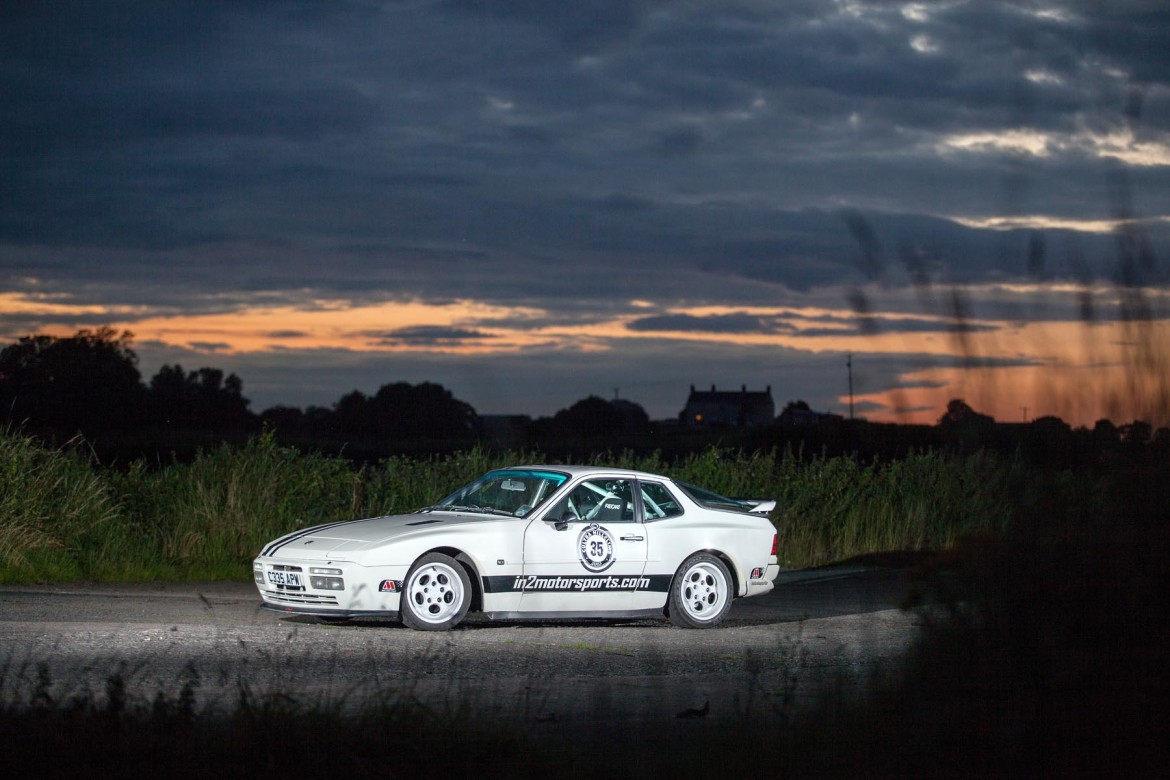
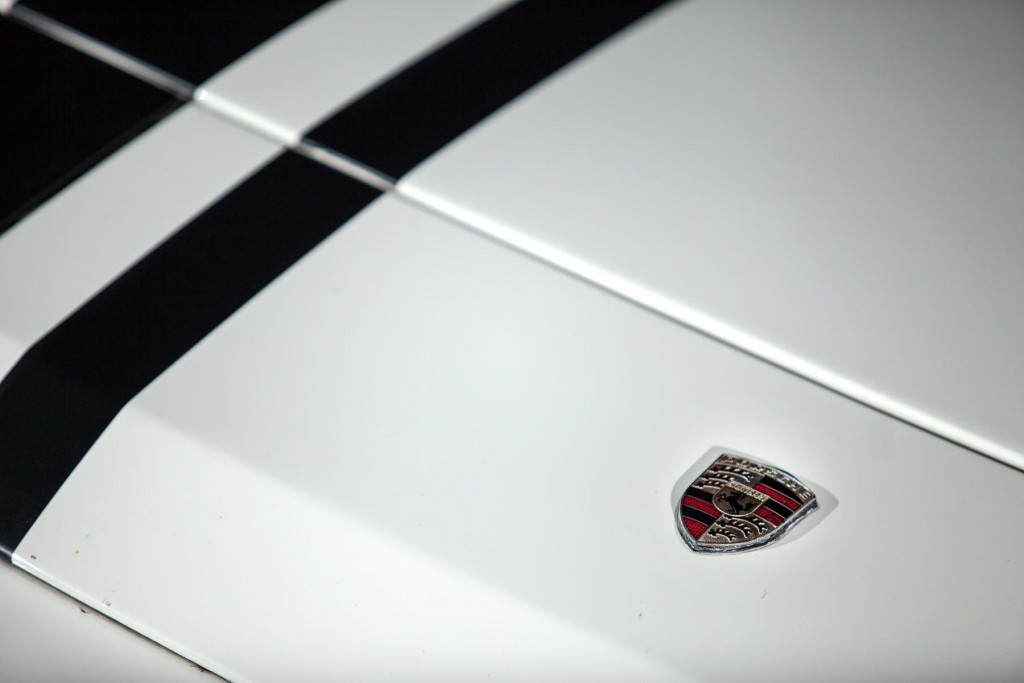
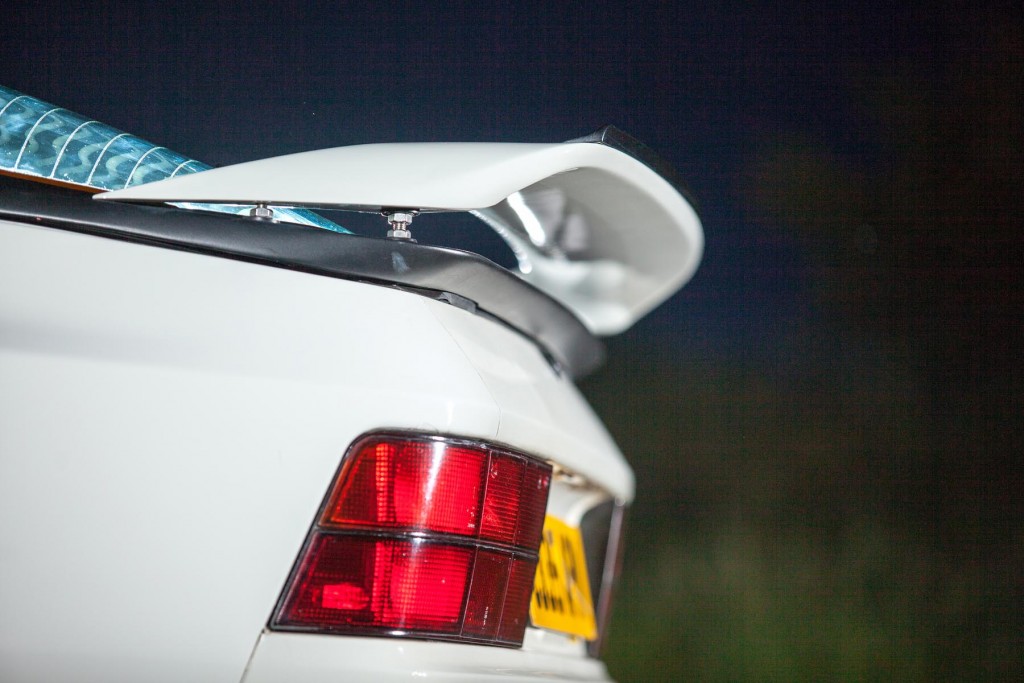
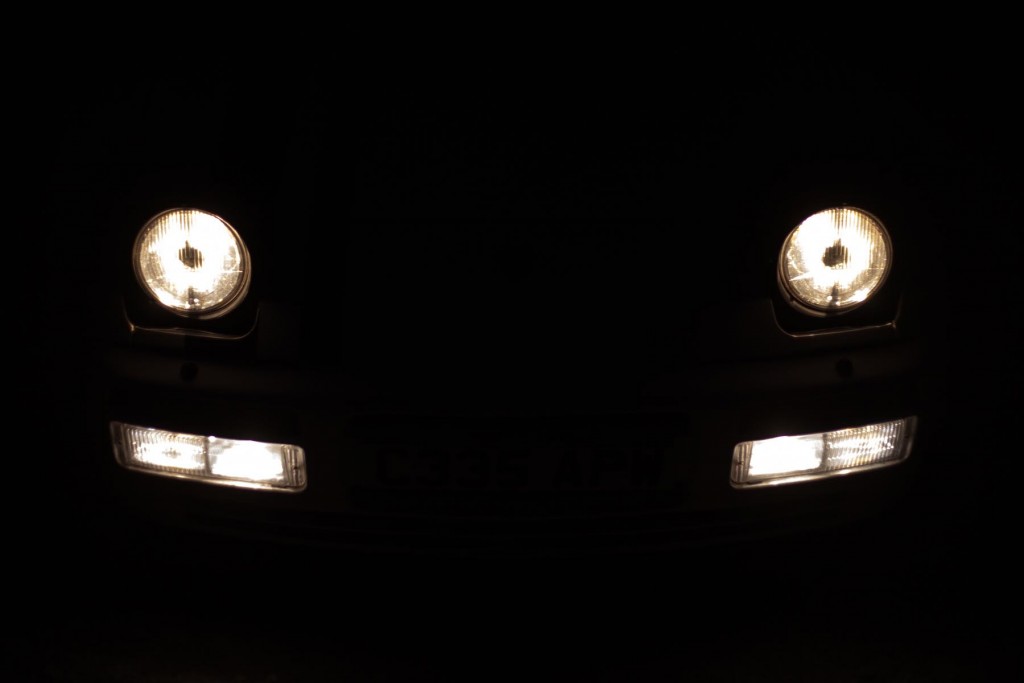
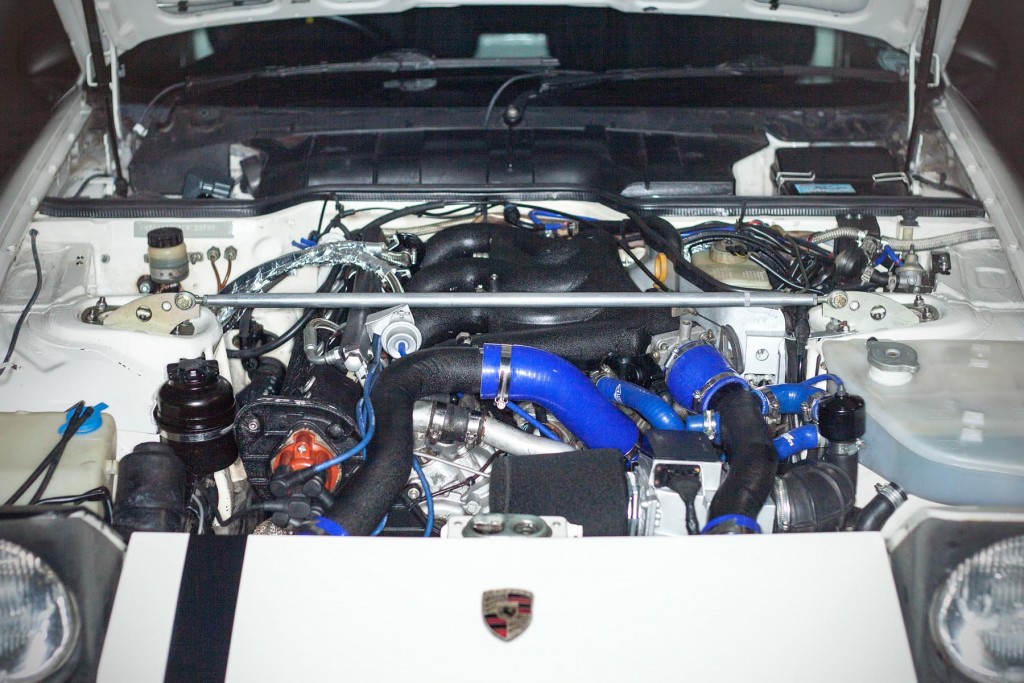
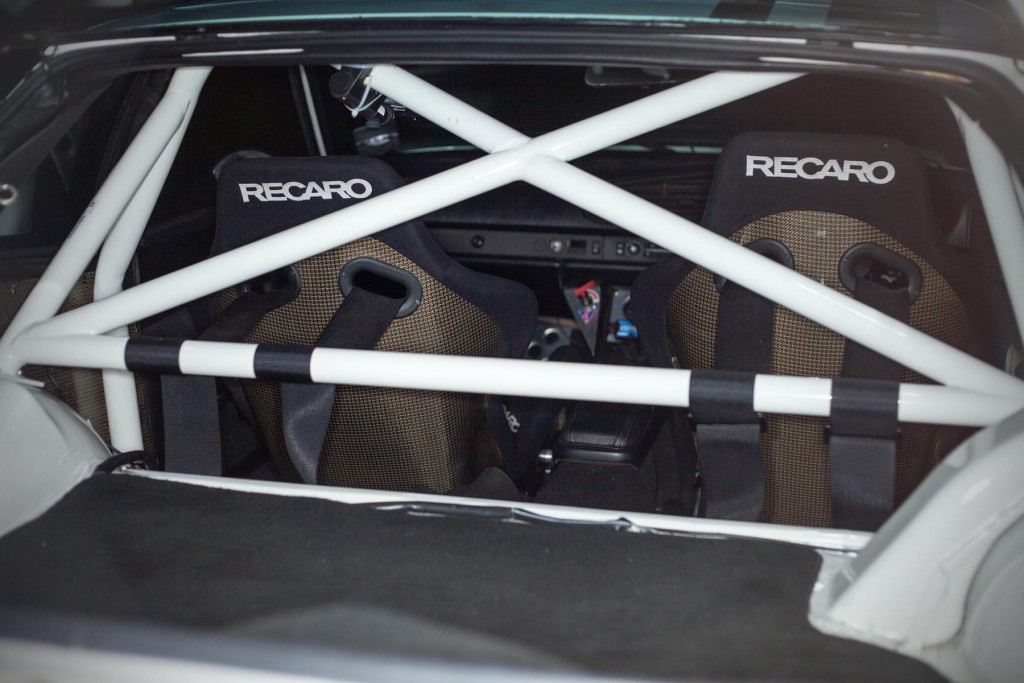
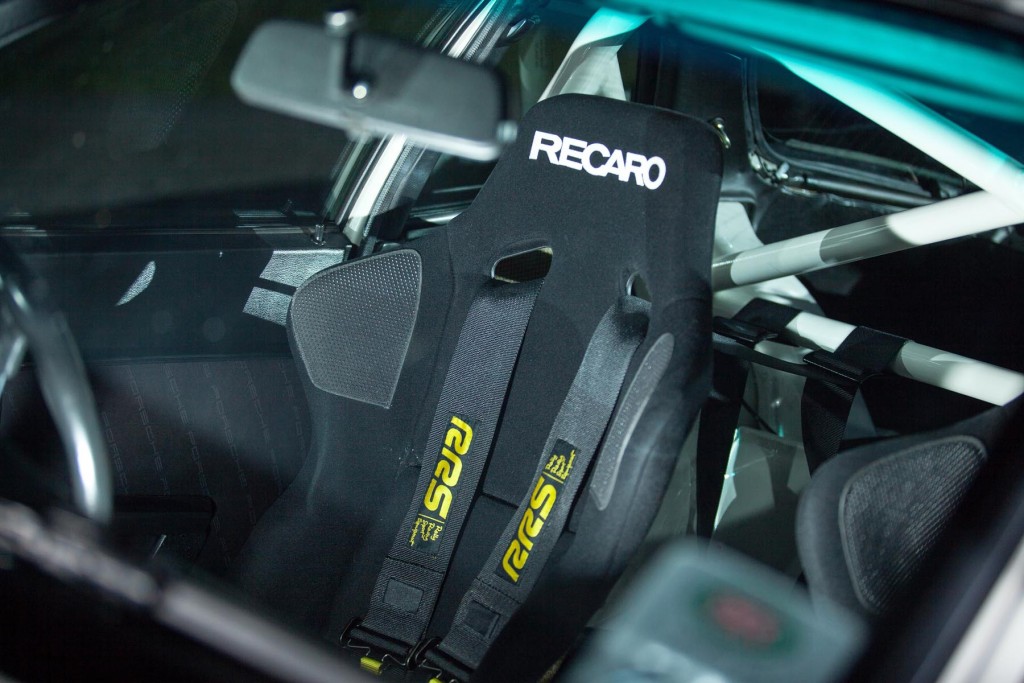
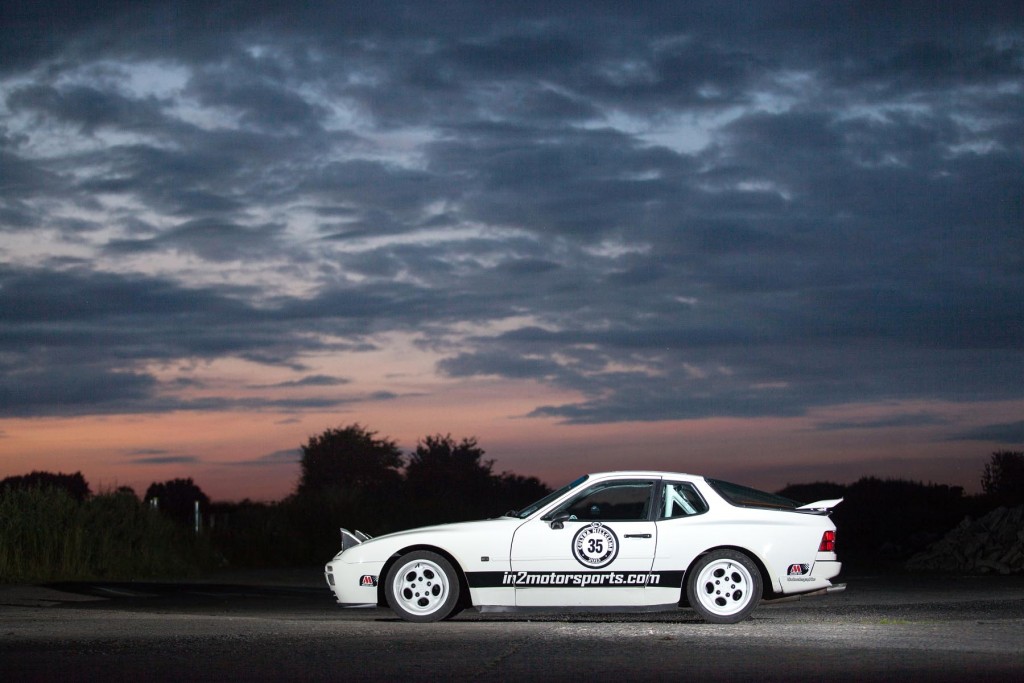
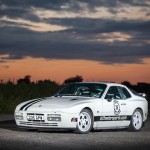
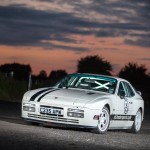
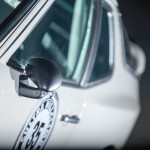
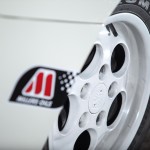
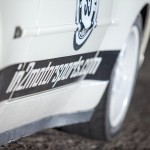
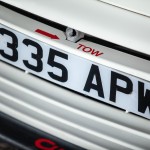
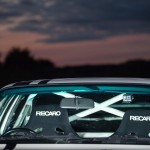

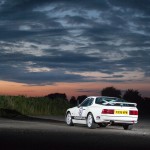
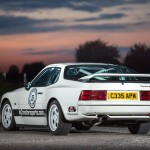
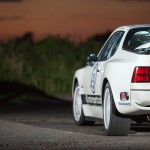
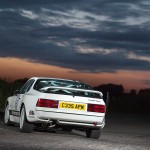
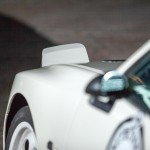
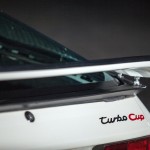
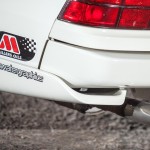
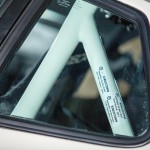
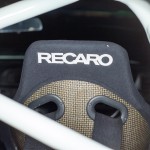
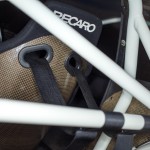
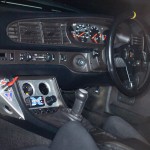
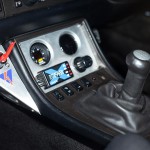
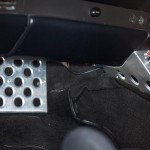
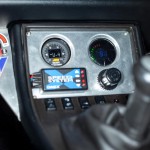
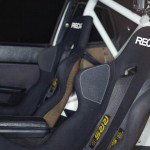
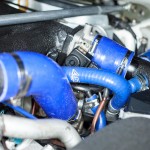
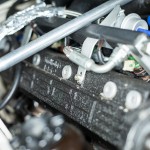

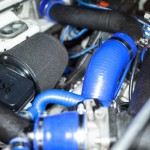
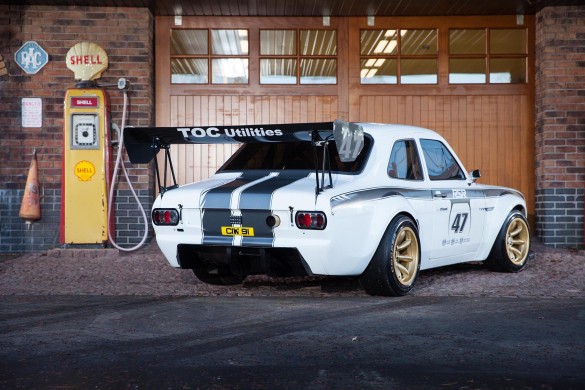
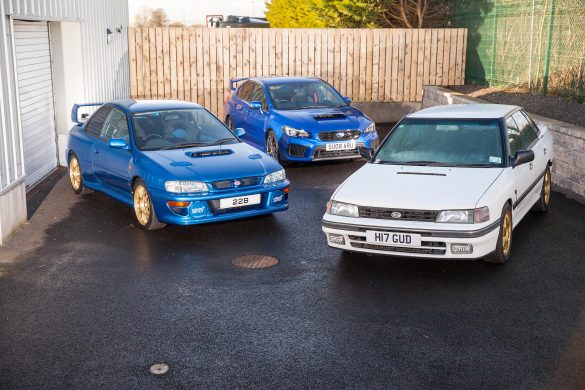
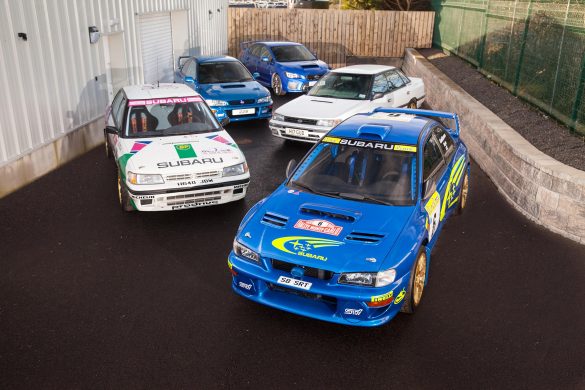
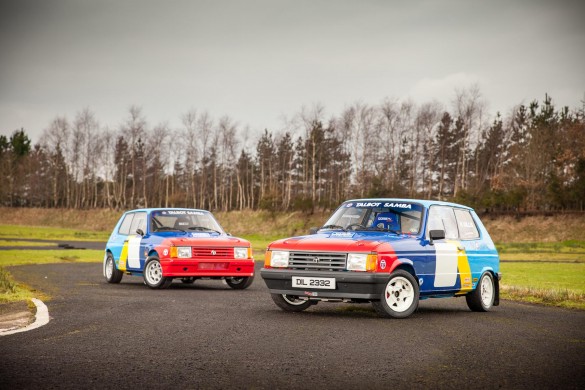
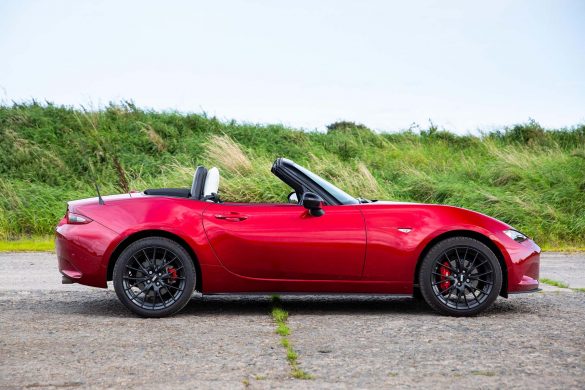
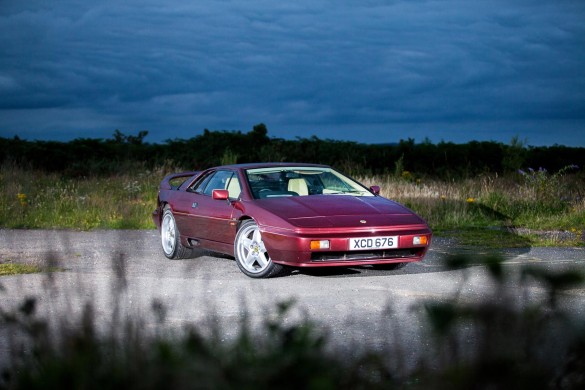
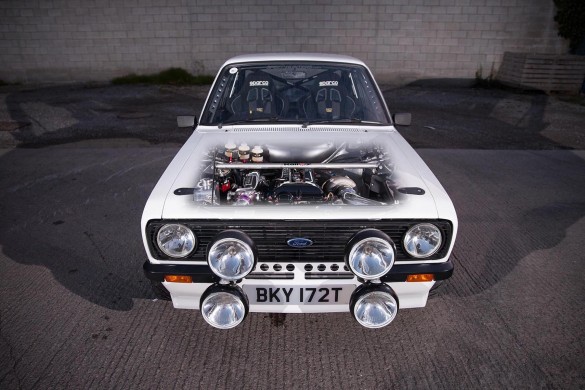
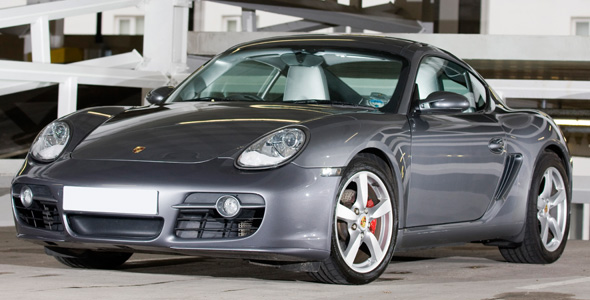
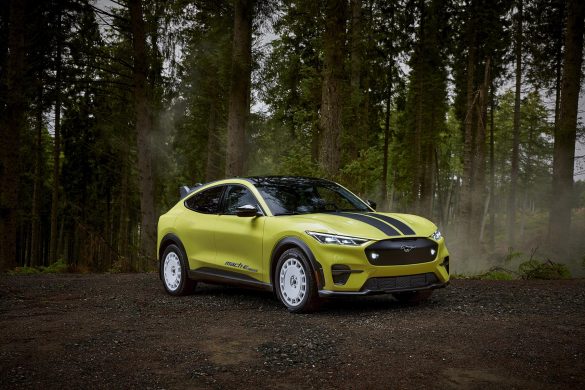
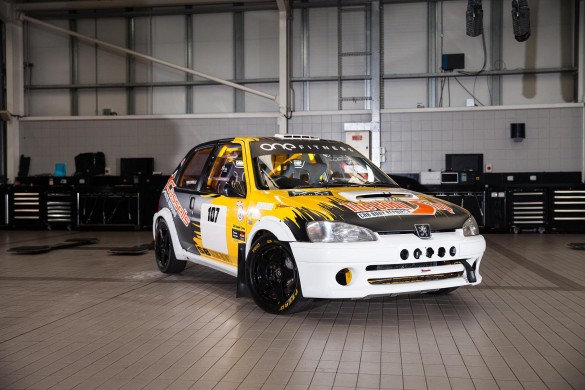
1 comment
Looks lovely. I owned that car for 4 years and took it to the nurburgring. Lovely car. Really miss it. Looks great now